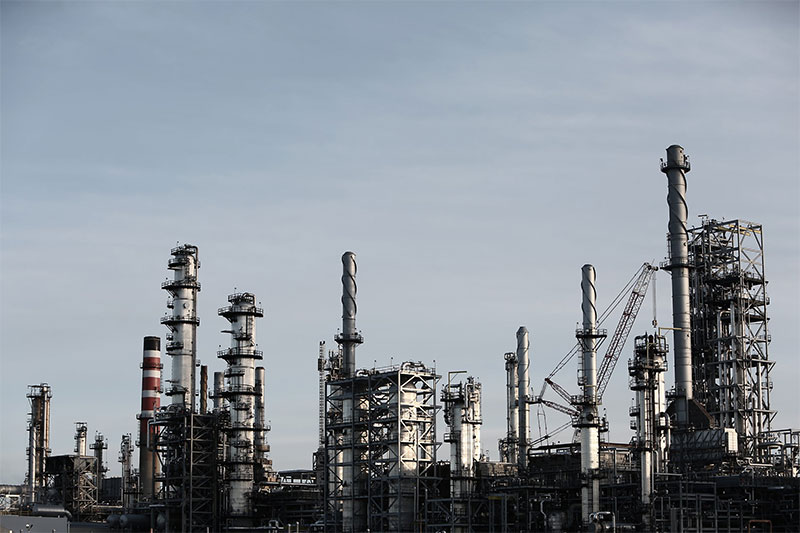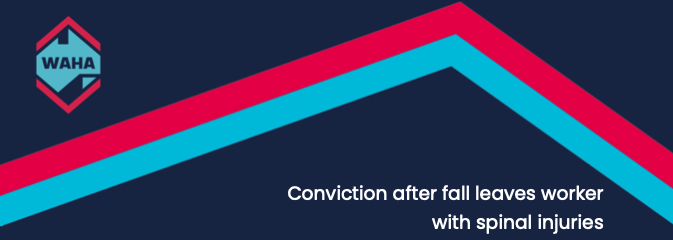



HOME
Welcome to Working at Heights Association of Australia
Reaching New Levels in Safety
Working at height methods are used in a wide variety of industries, in confined spaces, construction, civil engineering, the built and natural environtment, natural resources sector and much more. Yet falls from height remain a primary concern within Australia. WAHA is dedicated to the continued development of high standards; for manufacturers, installers and certified, trainers and end users.

Our History
Discover the history of WAHA and how we became the leading authority of height safety & confined spaces in Australia.

Our Mission
Read more about WAHA's mission, values and objectives.

Our Members
Locate a member company using our directory.

Standards
Access information on Australian and International standards for working at heights and confined spaces.

Height Safety
Read about height safety matters and learn more about safe system and personnel competency.

Confined Spaces
Discover how working below ground often provides working at height risks with the added complication of working in a confined space.

WHS Acts & Regulations
Understanding our responsibilities is vital to ensure there is consistency for works and to maintain our legal obligations in every workplace.

Why WAHA?
Discover the benefits of choosing a WAHA certified Member Company to perform work at height and confined spaces.
New to Working at Heights & Confined Spaces Industry?
The definition of a Competent Person is ‘A person who has, through a combination of training, qualification and experience, acquired knowledge and skills enabling that person to correctly perform a specified task.’.
Working at height is defined as a where a worker has:
A risk of a fall from one level to another that is reasonably likely to cause injury to the worker or another person.
A fall may occur when a worker is working at height. Additionally, a fall may occur from one elevated level to another, from an elevated level to the ground, or from the ground into a below-ground level or opening, such as a trench or a pit.
Falls that result from a slip (when a person’s foot loses traction with a surface) or trip (when a person’s foot catches on an object) but which occur at the same level are not considered to have occurred while working at height. Falls up or down stairs are also considered to be slips or trips.
One in which a flammable gas, vapour or mist is likely to exceed 5% of its lower explosive limit (LEL).
It is the strong recommendation of the WAHA that re-certification of the RIIWHS204E Work Safely at Heights course should be undertaken every 2 years.
The Work Health and Safety Regulations 2001 (the WHS Regulations) and the AS 2865:2009 Confined Spaces have very similar definitions of a confined space.
The Regulations define a confined space as an enclosed or partially enclosed space that:
- Is not designed or intended primarily to be occupied by a person; and
- Is, or is designed or intended to be at normal atmospheric pressure while any person in in the space; and
- Is or is likely to be a risk to health and safety from:
An atmosphere that does not have a safe oxygen level; or
- Contaminants, including airborne gases, vapours and dusts, that may cause injury from fire or explosion; or
- Harmful concentrations of any airborne contaminants; or
- Engulfment, but doesn’t not include a mine shaft of the workings of a mine.
15kN (1500 kg static load) for one person / 21kN (2100 kg static load) for two people.














